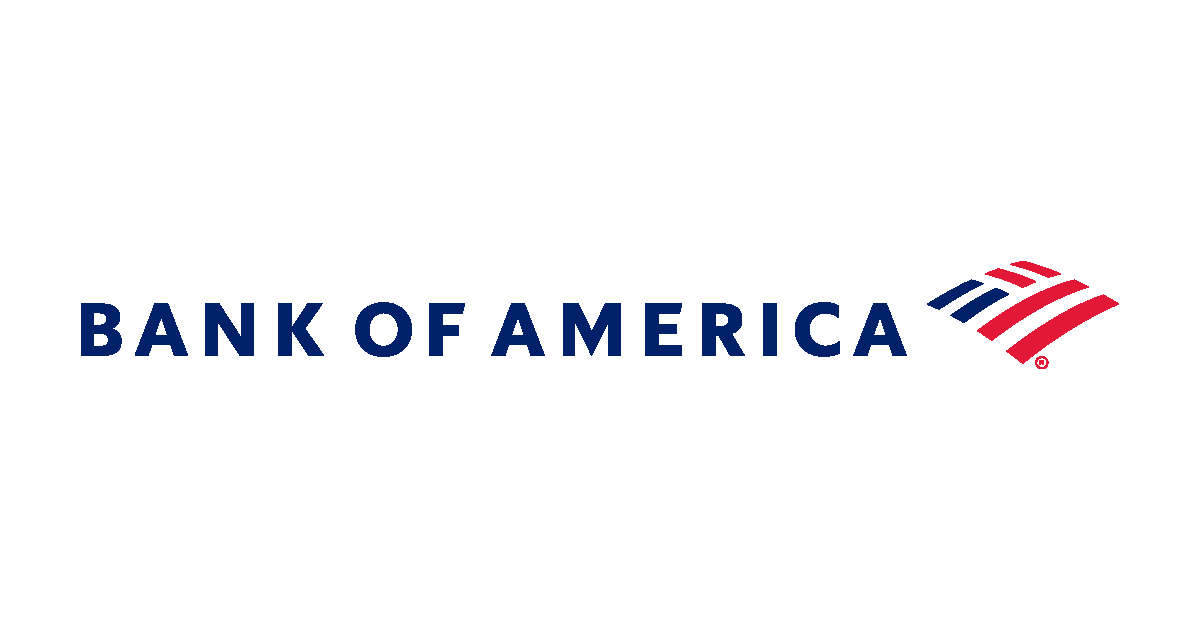For better and for worse, emerging markets ETFs dominated the top risers and fallers rankings in Q3 following a first half defined by stories of developed market recoveries.
Topping the returns pile were no less than six India equity ETFs including the iShares MSCI India UCITS ETF (IIND), the Xtrackers MSCI India Swap UCITS ETF (XCX5), the Lyxor MSCI India UCITS ETF (INRL) and the Xtrackers Nifty 50 Swap UCITS ETF (XNIF).
IIND led the way with returns of 15.8% over the 12-week period but even the worst-performing of the single country products shot up by 13.9%.
These numbers cap off an impressive year for Indian equities, with the popular NIFTY 50 index outperforming the S&P 500 by 24.8% in the 12 months to 5 October. It also comes amid an influx of overseas investor involvement in the country’s listed securities including large cap equity purchases and JP Morgan announcing it will add Indian debt to its global bond indices.
Following close behind were products targeting another emerging market, single country exposure: Russia. Much like India, six Russian equity ETFs made it into the list of top performers, including the iShares MSCI Russia ADR/GDR UCITS ETF (CRU1) and Lyxor MSCI Russia UCITS ETF (RUSL).
These products returned between 12.5% and 14.2% as the country’s central bank took a hands-on approach to curbing inflation, which has seen overseas investors – previously deterred by the political backdrop – pile in, with Russian debt ownership by foreign investors recently hitting a five-month high, according to Bloomberg.
On the other side of the same coin, energy stocks have benefitted from rising input costs, as troubled supply chains have caused a surge in oil and gas prices.
Boosted by this in Q3 were ETFs offering exposure to the European fossil fuel industry including the SPDR MSCI Europe Energy UCITS ETF (ENGY), iShares MSCI Europe Energy Sector UCITS ETF (ESIE) and Amundi ETF MSCI Europe Energy UCITS ETF (ANRJ) which returned 12.5%, 12.4% and 12.3%, respectively.
This looks set to continue into the remainder of 2021. Last week, the $2.1bn iShares STOXX Europe 600 Oil & Gas UCITS ETF (EXH1) saw $320m inflows, according to data from ETFLogic.
On 1 October, the Bank of America issued a note saying oil prices could rise above $100 for the first time since 2014, with constrained supply meeting prolonged underinvestment in the energy sector – a structural trend which is particularly true in Europe.
Q3 casualties
While emerging market exposures populated the Q3 winners’ circle, they were also some of the worst-performing strategies during the latter months of summer.
Leading this were Chinese tech equities. While the focus may now have slightly shifted to the country’s ongoing property debacle, the Chinese Communist Party’s (CCP) year-long crackdown on the country’s tech large-caps has seen $1trn wiped from the value of US-listed Chinese stocks within six months.
Naturally, with the Nasdaq Golden Dragon China index and the Hang Seng Tech index both below their 2017 low points, ETF casualties were inevitable. The KraneShares CSI China Internet UCITS ETF (KWEB) shed -30.3% in three months, while the HSBC Hang Seng Tech UCITS ETF (HSTE) returned -23.2% and the HANetf EMQQ Emerging Markets Internet & Ecommerce UCITS ETF (EMQQ) fell -19.3%.
On the other side of the troubled supply chain story, palladium underperformed many of its commodity peers in Q3, with the GPF Physical Palladium ETC (TPDS), WisdomTree Physical Palladium (OZVB), iShares Physical Palladium ETC (SPDM) and Invesco Physical Palladium (SPAP) falling between -27.1 and -28.7%.
Whereas demand for energy has remained consistent or increased as supply chain issues have mounted, demand for palladium has subsided. Due to an undersupply of computer chips used in vehicle manufacturing, production output has been constrained, seeing demand for other components such as palladium (used in catalytic converters) fall.
Also suffering a turnaround in fate following an optimistic start to the year are Europe’s cannabis ETFs. Previously benefitting from the optimism of the recovery trade, retail involvement and the possibility of legalisation of the drug at a federal scale by Joe Biden’s administration, the Rize Medical Cannabis and Life Sciences UCITS ETF (FLWG) and the Medical Cannabis and Wellness UCITS ETF (CBDX) enjoyed double-digit returns during Q1.
Now, ‘meme’ and recovery trades are losing steam and the US Food and Drug Administration (FDA) and Centers for Disease Control and Prevention have issue new warnings to consumers, saying there is “unclear and incomplete labelling” around the potential risks of the cannabinoid delta-8 strain of THC. These road bumps saw FLWG and CBDX return -25% and -16.2% in the three months to the end of September.
Finally, despite Latin American equities ranking highly on Bloomberg Intelligence’s equity scorecard for the second half, seven Brazil equity ETFs – including the Lyxor MSCI Brazil UCITS ETF (RIOL) and HSBC MSCI Braxil UCITS ETF (HBRL) – dropped between -17% and -18.3% in Q3.
These falls came as the country displayed the exact opposite characteristics of Russia: high inflation and waning confidence in its leadership. With the Brazilian real 6.2% against sterling in just three months and political protests ongoing, China’s Evergrande crisis has only added to economic uncertainty, especially given China receives almost a third of all the country’s exports.
Taking a broader view, the outlook appears decidedly less optimistic than it did at the start of the year.
Not only has the VIX volatility index now hovered above the psychologically significant 20-point mark for the longest amount of time since March but the S&P 500 dropped 5.2% in the month to 4 October, its worst four-week performance since October 2020. Investors also have to contend with a potential fuel ‘crisis’ and of course the inevitable rates hikes in the new year.













